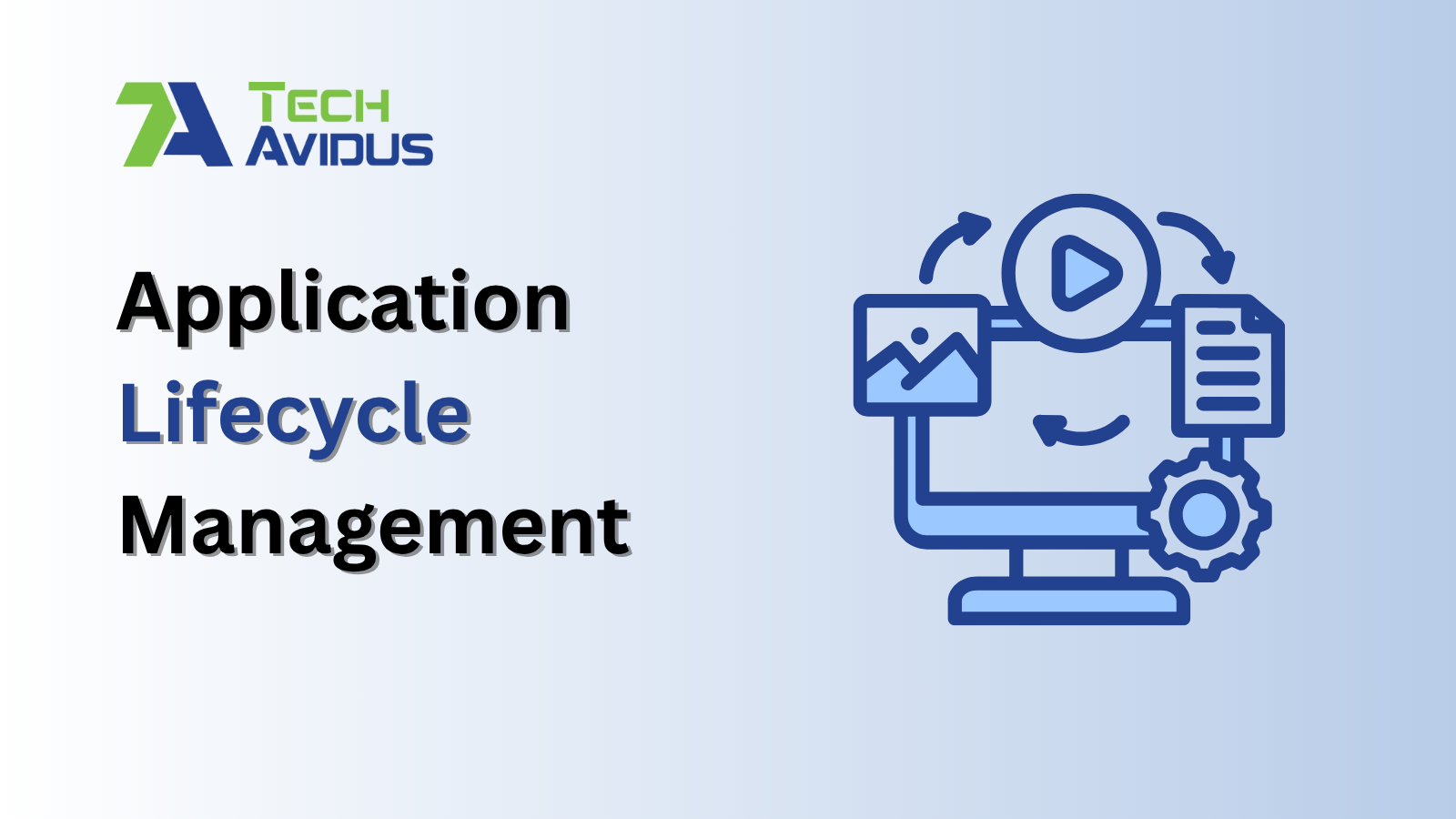
Software is not just a set of programs that are used by a team of professionals. A software is born when the very idea of it is in the nascent stage. It lives while solving a purpose and eventually dies off. Hence it is referred to as application lifecycle management (ALM). Software lifecycle management can consist of people, processes, and tools to manage an application's lifecycle. It reflects the change in attitude towards software development.
Application Lifecycle Management Stages
Requirements Management
At this stage, where the process of requirement gathering occurs, critical decisions are made about the application. Requirements will consist of everything ranging from business needs from the stakeholders to compliance requirements from supervisory authorities. This phase includes resource management, data security, as well as user access. If any business has numerous applications, then application portfolio management also comes into the picture.
ALM Design & Development
Design drafts and the first mock-ups of the application are formed in this phase following the stated needs. The development contains the collection and assessment of user needs, the development, testing of new code, creating and testing new releases, and deploying the application. These activities are continued until the product is all set to release. Development is where your ideas and thoughts convert into an app. This is also where SDLC features into ALM.
Source Control, Configuration, and Release Management
Application lifecycle management means monitoring and controlling of an already deployed application. Various app operations can be performed like performance assessment, execution of appropriate monitoring tools, enabling developers to manage source code, configuring app infrastructure, and responding to the feedback regarding the application like performance issues, damage, or downfall. The focus must be on what you will release instead of the contribution of persons. All these operations kick off quickly before an application is deployed, later remain the same until an application is eliminated from the service.
Quality Assurance
Establish control-points for quality assurance to make sure that the process of software lifecycle management is running appropriately. This task is generally performed by a quality analyst, whose duty is to assure that everything is running with high precision and punctuation. When a project manager is running a project, they usually prefer to control ALM processes also. Quality control-points stated by a quality analyst aid to make balance within the process.
Continuous Integration
There are multiple ordinary project management tools available that won't enable constant integration for software compilation and packaging. But with cutting-edge Application lifecycle management tools, you can integrate numerous CI servers. This will let you combine data from different sources to develop information and offer changes visibility in each build. These top-notch ALM tools provide the development tools' integration. There is no need to manage separate source code management tools. Moreover, these tools let you distinguish customer problems within individual builds.
Application Lifecycle Management Benefits
SUMMING UP
Today ALM is a significant component if you want to succeed in your business. By incorporating people, processes, and tools throughout the journey of an app’s lifespan, ALM enables us to develop advanced software and govern it with great ease.
Our Top 1% Tech Talent integrates cutting-edge AI technologies to craft intelligent, scalable, and future-ready solutions.
All Rights Reserved. Copyright © 2025 | TechAvidus